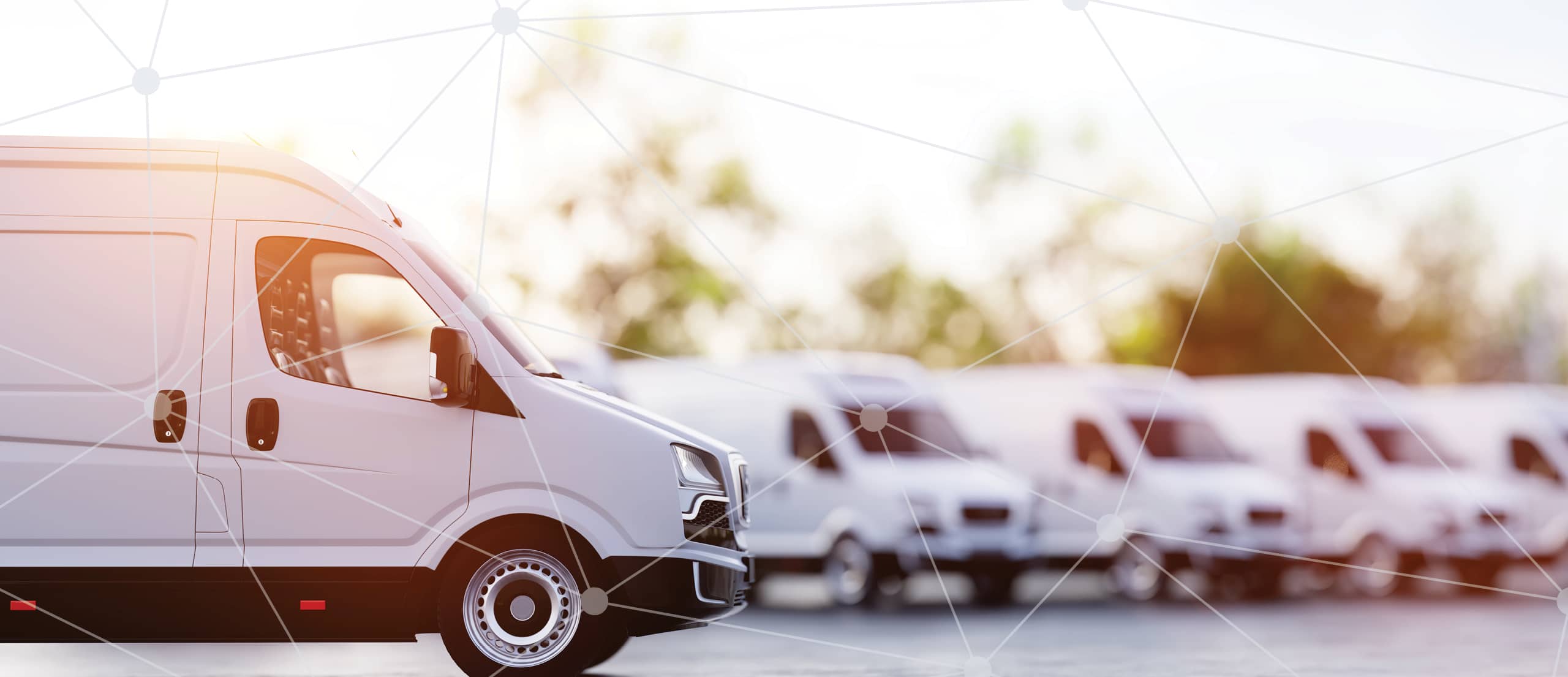How Can IoT Connectivity Enhance a Smart City?

We’re just going to go ahead and say it – smart cities can’t survive without the Internet of Things (IoT). IoT powers everything in a smart city, from smart lighting through connected traffic lights, to traffic management to limit congestion and ensure public safety, and smart parking solutions, smart waste management and public transportation.
All of these smart city use cases require a myriad of sensors and real time data, all of which need a constant uplink to the internet, making connectivity a top priority.
For smart city projects, not all IoT devices have the same needs
Let’s think about the different kinds of IoT devices that exist in a smart city. We can categorize them into three distinct groups.
1.Devices which turn on periodically to send or receive data
These kinds of devices have the most minimal needs in terms of latency and availability. They report back to a centralized dashboard, but might lie inactive in terms of connectivity for hours or even days at a time, simply turning on to send information according to predefined rules.
Think about soil sensors or air quality monitoring, which doesn’t need continuous or real-time monitoring but is important for quality of life. Waste collection is another good example, where a smart garbage bin could turn on once per day to report whether it needs collecting, but the rest of the time remains offline.
2.Trigger-based IoT devices which require human activity
The next group of devices rely on human contact, either directly or indirectly. A smart scooter could lay inactive for days or weeks – but when a user interacts with it, and buys an hour or a day’s worth of time, it needs to be able to connect with road sensors, payment applications, and cloud-based data services and more.
The same is true for infrastructure such as charging stations for electric vehicles, which could need near continuous monitoring and uptime if they are in a busy location or deployed for a residential or office use case, or lie unused for long periods of time if they are off the beaten track.
3.Continuously transmitting IoT devices
The final group of IoT devices are those which are “always on”, continuously transmitting or receiving data. For example, road sensors which are always collecting information about traffic congestion or weather conditions. They also might be linked to Intelligent Traffic Signals (ITS), smart road signs which dynamically update with the right speed warnings or traffic information.The energy consumption of these devices is the highest.
Also in this category would be IoT solutions that may not be “always on” but when they do turn on, stream a lot of data – like video uplinks to emergency services for roadside assistance.
As you can see, smart city solutions are far from being a one-size-fits-all for connectivity.
What does this mean for connectivity?
A typical smart city might use hundreds of thousands of devices. If you can’t get granular about how you control connectivity and manage the behavior of the SIM cards themselves, you need to manage all of these devices for the needs of those that have the highest consumption and data transfer requirements. Suddenly, air quality monitoring sensors are being charged in the same way as smart meters which need to be always available and transmitting information in real-time. You’re making decisions based on the highest common denominator, negatively impacting your margins.
Instead, today’s decision-makers need the ability to manage plans, either by individual devices, or making pools based on categories of IoT devices, so that they can ensure cost-effectiveness and control. With visibility into each device or group of devices, users can see in real-time the data usage, and make smart changes to keep costs lower.
Introducing a Mobile Private Network (MPN) for an IoT smart city
The smartest way to handle connectivity across a smart city is by using a mobile private network (MPN). This provides a dedicated infrastructure for all the smart devices across a whole area, giving incredibly low latency to the devices which need it, and high bandwidth so that a whole city can handle any sensors in that location without experiencing processing issues, no matter the kind of device. Smart city stakeholders can ensure they have control over privacy, security, reliability and more.
It is extremely expensive for a municipality to deploy and operate its own private RAN, but by using a private core network alongside the public RAN, the smart city devices are not impacted by spikes in usage on the public infrastructure. Devices which need real-time communications such as medical devices or traffic signals never miss a beat, as public networks typically have great coverage in urban areas.
Of course, stakeholders also need incisive control and cost-management capabilities behind the scenes, so that they can bill for and be billed for their connectivity according to its exact needs, and monitor how data is being used across their environment. That’s why the right MPN will offer a highly flexible web portal that can handle various billing options, from multi-layered hierarchical billing, to pooled plans, subscriptions, credits, and more. This gives the admin total ownership over all products and how they are used.
An IoT smart city is only as smart as its connectivity
For an IoT-enabled smart city to be profitable, connectivity needs to be considered at the outset. Without an intelligent plan to handle the different latency and throughput needs of various kinds of devices, your smart city project could be jeopardized from day one.









